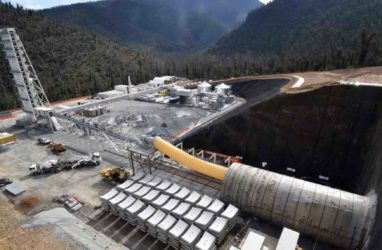CenterPoint Energy's announcement of a $65 billion capital spending plan for the decade spanning 2026 to 2035 underscores a critical response to the escalating demand for electricity in the United States. This surge is largely fueled by the rapid expansion of data centers focused on artificial intelligence and cryptocurrency, alongside the electrification of various industries, including transportation. As utilities scramble to meet this unprecedented demand, the implications for infrastructure development and energy management are profound. The challenge lies not only in scaling up capacity but also in ensuring that the energy transition aligns with sustainability goals and regulatory frameworks.
The strategic allocation of such a substantial investment reflects a proactive approach to future-proofing energy infrastructure. CenterPoint's plan signals a broader industry trend towards modernization and resilience in the face of evolving energy consumption patterns. Key insights from this initiative highlight the necessity for utilities to innovate and adapt to technological advancements while addressing environmental concerns. As the energy landscape transforms, stakeholders must consider the implications of this capital infusion on grid reliability, energy efficiency, and the integration of renewable sources, ultimately shaping the future of energy distribution and consumption in the U.S.





